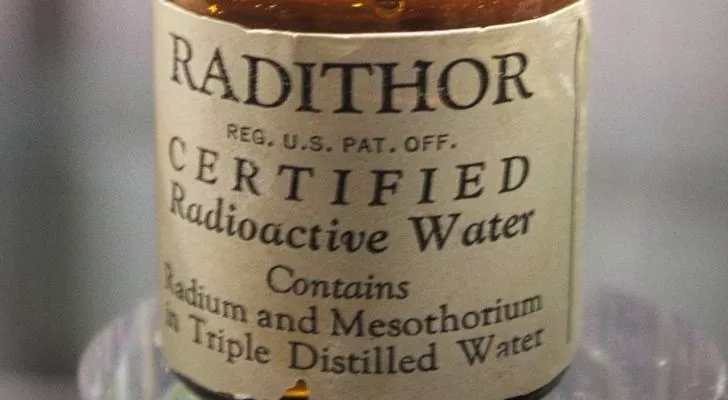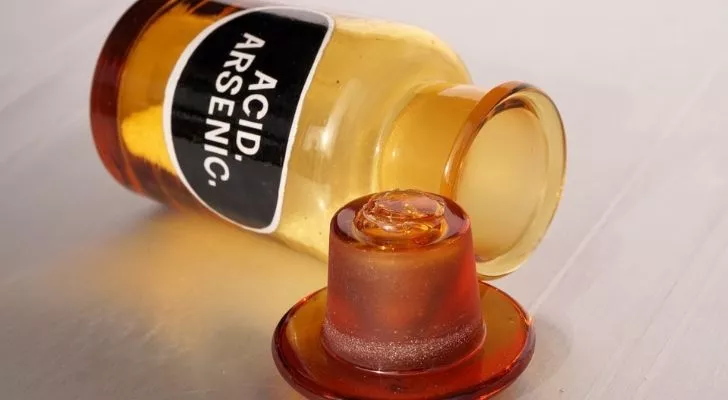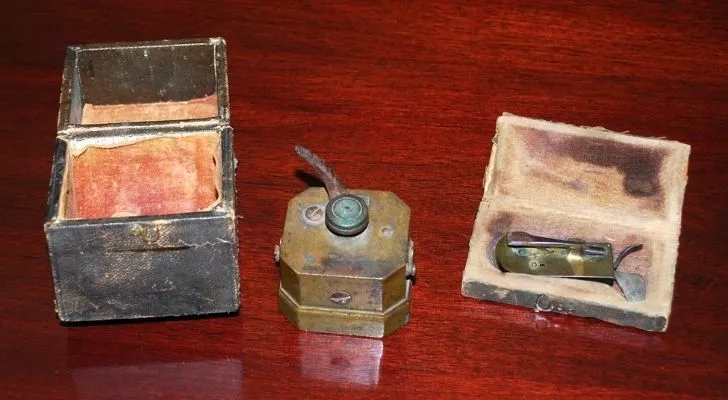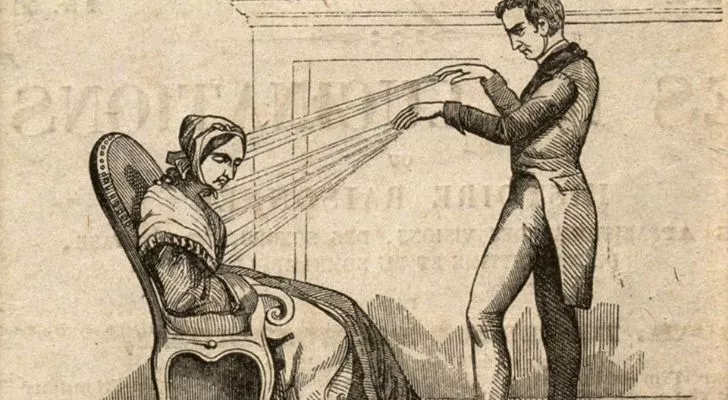For centuries, people have been getting sick, injured, and plagued by diseases. In response, physicians have developed treatments and surgeries to combat these ailments. Unfortunately, many of these remedies were hazardous and often did more harm than good.
From poor hygiene to toxic medicines, a lack of understanding of human anatomy led to some creative yet dangerous medical practices in history. Today, we are fortunate to have access to great scientific and medical knowledge, but this was not always the case.
Here are eight outdated medical techniques that caused more harm than benefit.
Corpse Medicine

During the 16th and 17th centuries, European physicians believed that cannibalism could cure a range of human ailments. They prescribed everything from blood to ground-up skulls to treat illnesses. Human fat was believed to cure gout, while a tincture made from ground-up skull mixed with alcohol was used to cure epilepsy. Even consuming fresh blood was thought to improve general health and vitality. Many people believed that by consuming human remains, they could gain the strength of the deceased. Although this gruesome practice was popular for centuries, the last known occurrence was in 1908.
Mercury

From the 16th to the 20th century, mercury was commonly used as a healing drug and prescribed by doctors. It was believed to cure a range of ailments, from constipation to parasites, the flu, and even melancholy. However, ingesting mercury can lead to lung damage and kidney toxicity, and many people who underwent this treatment died of mercury poisoning.
Radium

In the early 20th century, radium was mixed with water and sold as an over-the-counter “energy” drink called RadiThor. It claimed to improve energy, aid digestion, increase vitality, and even cure impotence in men. Unfortunately, radium is a dangerous element that can cause harm to the human body. This product did not live up to its marketing claims and ultimately caused harm to those who consumed it.
Despite knowing about the harmful effects of radium since 1913, RadiThor continued to be a popular drink until the government banned its production in 1932.
Antimony

Dr. James’s Fever Powder, invented by 18th century English physician Robert James, claimed to cure fever, scurvy, and even distemper in cattle, but its secret ingredient, antimony, was toxic.
Antimony was believed to cure various ailments by inducing vomiting, but it actually did more harm than good.
Trepanation, a practice of drilling holes in the skull to cure head pain, skull trauma, and neurological diseases, dates back over 5,000 years and still exists today in the form of craniotomy.
Arsenic

Arsenic, used by Hippocrates himself to treat sores, was believed to restore health and was made into tinctures to treat various diseases, from open wounds to sleeping sickness.
Fowler’s Solution, an arsenic-based remedy invented in 1786, was sold as a cure for psoriasis, asthma, heartburn, and even leukemia throughout the 20th century.
Bloodletting

Bloodletting, a practice of opening veins to draw out blood, was used as a solution for illnesses caused by an excess amount of blood in the body, in accordance with the belief in four humors: blood, phlegm, yellow bile, and black bile.
It was used to treat a wide range of illnesses, from migraines to childbirth, until the late 1800s.
Animal Magnetism

Animal magnetism, also known as Mesmerism, was developed by Franz Anton Mesmer, a German physician in the 1770s. The concept was based on the belief that planets emit magnetic rays that influence human health through an invisible magnetic fluid that flows inside the human body. Mesmer believed that illness was caused by a blockage or imbalance in a person’s magnetic fluid. He claimed that by using magnets and specific hand gestures, he could restore health by unblocking the magnetic fluid of an ill person. This method gained popularity in Europe, and even prominent figures such as Wolfgang Mozart and Empress Maria Theresa became his patients. However, Mesmer’s reputation was tarnished following a scandal with one of his blind patients in 1778, leading to the decline of animal magnetism. Nevertheless, Mesmerism is considered a precursor to modern hypnosis. The history of medicine is filled with bizarre and sometimes dangerous practices, but the doctors of that time believed they were doing their best to heal their patients. It makes one wonder what future historians will say about our present-day medical practices.
FAQ
1. What is bloodletting?
Bloodletting is a medical treatment that was popular in ancient times and the Middle Ages. It involves draining blood from the body to treat various illnesses. Doctors believed that bloodletting could balance the body’s humors, which they thought were responsible for health and disease. However, bloodletting often did more harm than good, as it weakened the patient and made them more susceptible to infections.
2. What is trepanation?
Trepanation is the practice of drilling a hole into the skull to treat various conditions, including head injuries, epilepsy, and mental illness. It was popular in ancient times and continued into the Middle Ages. However, trepanation often did more harm than good, as it could cause infections, brain damage, and death.
3. What is using leeches for medical treatment?
Leeches were once commonly used for medical treatment, especially in the 19th century. They were believed to be able to remove “bad blood” from the body and improve circulation. However, leeches often did more harm than good, as they could transmit diseases and cause infections.
4. What is using mercury for medical treatment?
Mercury was once used for medical treatment, especially in the 19th century. It was believed to be able to treat a variety of conditions, including syphilis. However, mercury often did more harm than good, as it could cause mercury poisoning, which could lead to kidney failure, neurological damage, and death.
5. What is electroconvulsive therapy (ECT)?
Electroconvulsive therapy (ECT) is a medical treatment that involves passing electric currents through the brain to treat mental illness, especially depression. It was popular in the 20th century, but is now considered controversial and used only as a last resort. ECT often did more harm than good, as it could cause memory loss, confusion, and brain damage.
6. What is lobotomy?
Lobotomy is a medical treatment that involves removing or damaging part of the brain to treat mental illness, especially schizophrenia. It was popular in the mid-20th century, but is now considered barbaric and unethical. Lobotomy often did more harm than good, as it could cause severe personality changes, cognitive impairment, and death.

Zayn Anderson is a prolific writer with a passion for uncovering the world’s intriguing facts. Armed with an insatiable curiosity, he delves into various subjects, from history and science to nature and technology.
